The Aston Martin DBX crossover will be built at a new factory in St Athan in south Wales as part of the ongoing £200m investment in new products and facilities by the British manufacturer.
The Welsh site was unanimously chosen by Aston’s board despite fierce competition from other locations as far afield as the Americas, Eastern Europe, the Middle East, Europe, as well as two other sites in the UK, believed to be Bridgend and Birmingham.
Read more: Production Aston Martin DBX previewed in new image
Occupying some 90 acres, the new Aston Martin facility at St Athan, to the west of Cardiff Airport, will re-purpose some of the facilities currently in use at the site by the Ministry of Defence. Centered on the transformation of the three existing ‘super-hangars’ at MOD St Athan, construction work is planned to commence in 2017 with full vehicle production commencing in 2020.
Aston has also reaffirmed its commitment to its current manufacturing base at Gaydon in Warwickshire. That site will focus on production next-generation sports cars, including the Aston Martin DB11 and recently announced all-electric Aston Martin RapidE, which will go into production in 2018.
Developments at Gaydon will swell the existing workforce by 250 employees, while the new facility at St Athan is expected to result in the creation of 750 new jobs. It is anticipated that a further 3000 jobs could be created across the supply chain and local businesses.
Aston Martin chief executive Andy Palmer said: “Through a detailed evaluation of over 20 potential global locations for this new manufacturing facility, we were consistently impressed with the focus on quality, cost and speed from the Welsh Government team.”
Palmer told Autocar that it had not been a foregone conclusion that Aston's new plant would be within the British Isles simply because of the company's heritage: "If you asked me at the start of the selection process whether I would have liked the facility to be built in the UK I would have said yes, but the ‘made in the UK’ factor didn’t have a huge weighting attached to it during our evaluations because not all of Aston Martin’s board have the same affiliation as I do for this country.
“However, we did our due diligence on about 20 sites and Wales was the unanimous choice. It wasn’t the largest in terms of the size of the [grant] cheque on offer, but it won for many qualitative and quantitative reasons.
“In terms of timing, it had a lot going for it because St Athan is an existing facility and we don’t have to the level the buildings and start from scratch. The crossover will to take us into a new market segment, and the benefit of not having to build a new facility from the ground up cannot be underestimated – it is one less thing to think about.
“It is good both logistically and in terms of the supplier network, and it has a good access to the kind of talent we need to recruit with organisations such as Cardiff University being close by. Furthermore, Wales worked very hard and really wanted us here.”
First Minister of Wales, Carwyn Jones, said: “I am delighted to officially welcome Aston Martin to Wales. We have been working closely with the company for almost two years in the face of fierce competition from other potential sites across the world. Our success today is testament to the reputation, dedication and skills of the Welsh workforce, all qualities that are synonymous with such a luxury, hand-crafted brand as Aston Martin.
“Today is the start of a long-term relationship between Wales and Aston Martin. We will work together in building on the strong foundations of our partnership to nurture a prosperous and rewarding future for this iconic company and its skilled workforce in Wales.”
Prime Minister David Cameron added: “Aston Martin is an iconic British brand and the decision to invest here shows real confidence in our economy. With our economic strengths and easy access to European markets, the UK automotive sector is thriving. It is one of the biggest in Europe – and the most productive – and Aston’s creation of up to 1000 new jobs in Wales and the West Midlands is welcome news.”
St Athan will be the sole production facility for the new Aston Martin crossover vehicle, which won’t necessarily take the DBX name it was given when shown as a concept at the Geneva motor show in 2015.
Palmer said: “We showed the concept a year ago, and we’re now in the design phase, working on the dimensions of the production car. We expect to start developing the St Athans facility about one year from now.”
Another important factor in the investment in a new production facility was that Aston Martin has now decided to base the production version of the DBX upon a modified version of the new aluminium-bonded structure that is due to underpin its new generation of sportscars. In the months following the concept car’s unveiling in Geneva last March, it had been speculated that it could use underpinnings from Aston’s technology partner Daimler, such as the GLC’s platform.
“We made the key decision to go with an aluminium bonded structure for DBX, as opposed to go with a steel-based structure sourced from elsewhere, so it will be made in the true Aston way. It will be a pure Aston, with the only difference that it is a 4x4,” said Palmer.
In addition to the crossover, the new Welsh facility could also produce Lagonda models, said Palmer: “We’ve said that Gaydon will focus on sports car production, and if our expansion continues it will be a full capacity. However, we’ve also committed to building Lagonda here, and so the natural place to build that would be Wales.”
The concept crossover shown at Geneva in 2015 signposted Aston’s intention and direction for this fast-growing segment of the luxury market. With growing demand for these types of vehicles in markets such as China and the United States, it is expected that over 90% of the production from St Athan will be exported outside of the United Kingdom.
Production of the new DB11, shortly to be unveiled at the Geneva motor show, will begin at Gaydon in the autumn. It’s the first car to be revealed as part of Aston’s ‘Second Century’ strategy to progressively expand its sports car production to a maximum of 7000 per year by 2020 - the date by which it has pledged to replace its entire current model line-up, as well as invest in new product lines.



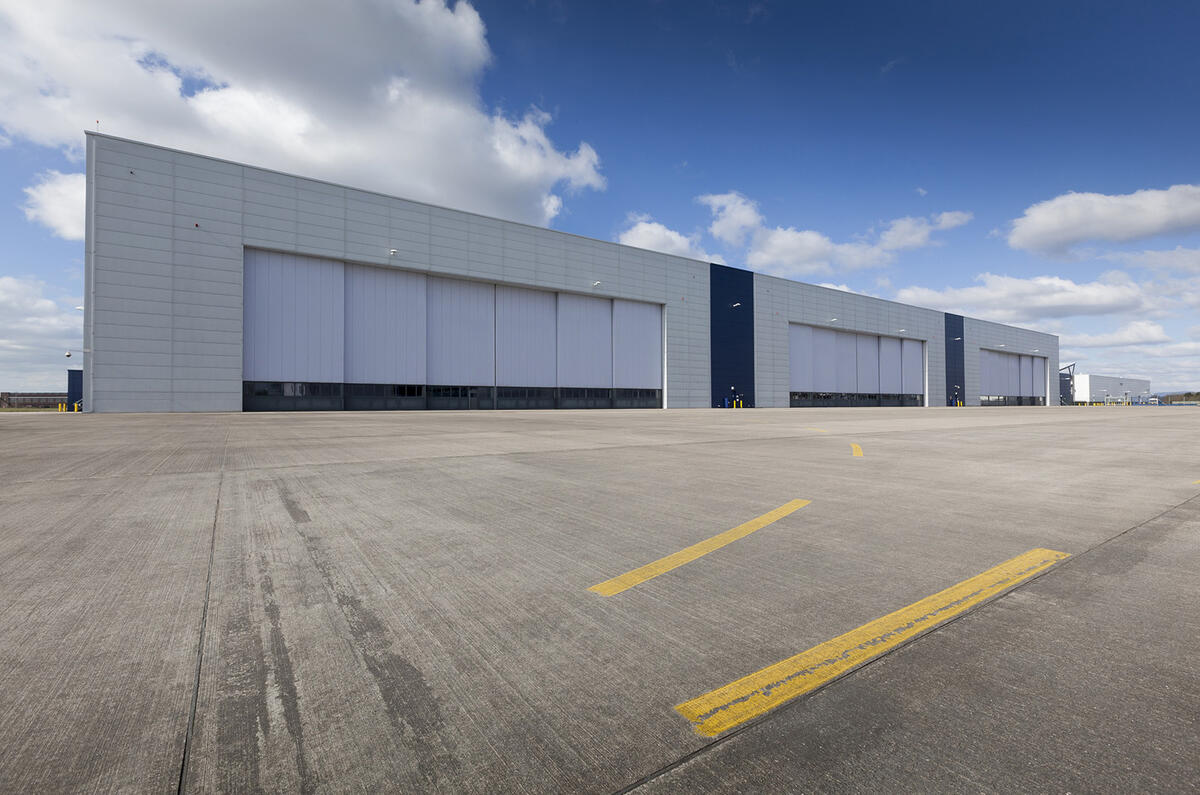
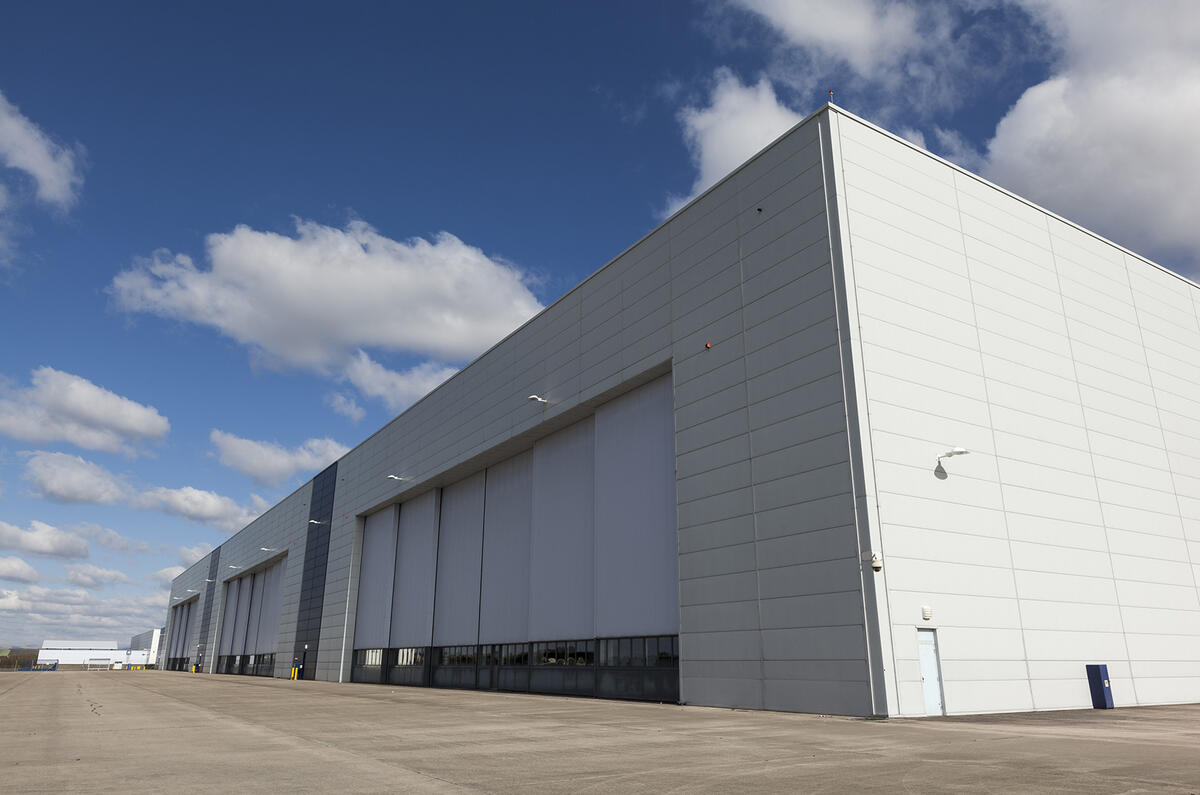
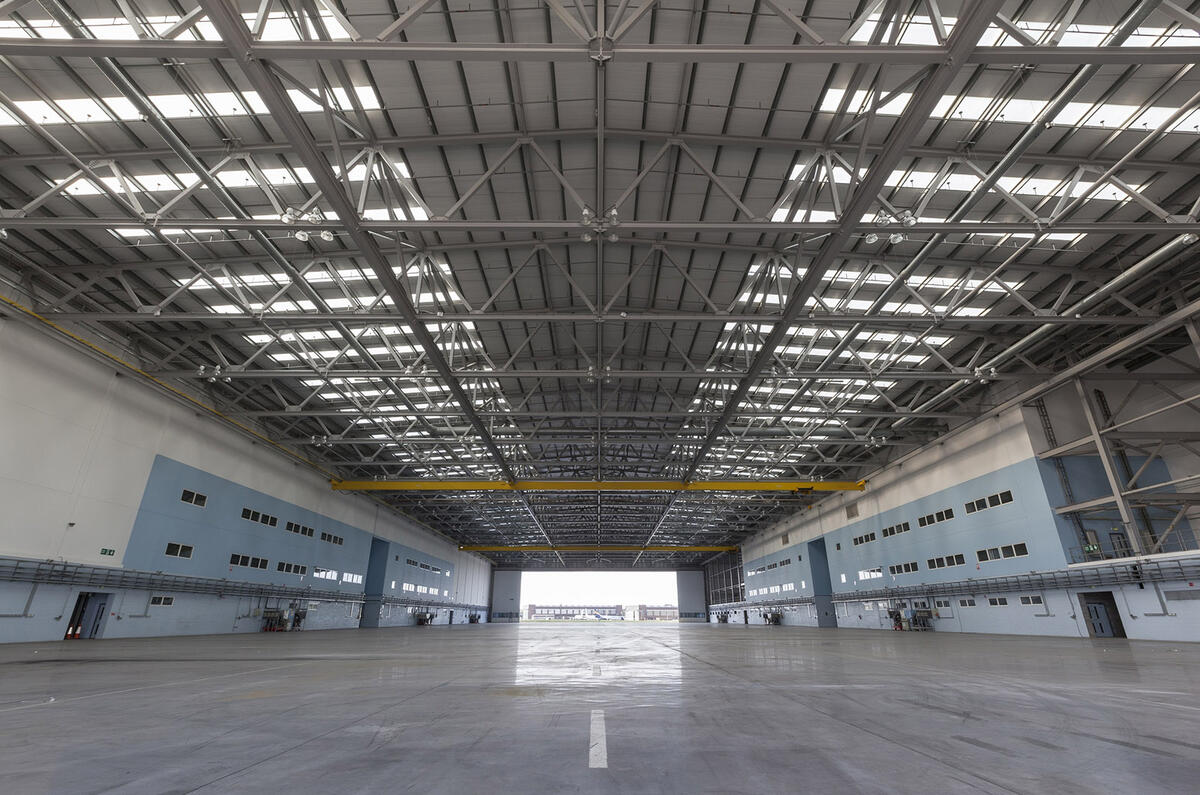

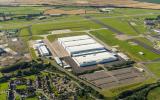

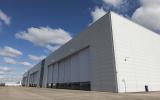
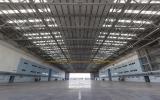


Join the debate
Add your comment
Jobs!
British Astons, from the company that made a car called Bulldog.
That may be true of the board but isn't it more important what their buyers think ?
How many people would buy a new Ferrari model that wasn't made in Italy? Or a Porsche not made in Germany ? None. How many buyers were put off the early Rapides by their Austrian assembly ?
Perhaps the Aston Martin board needs some replacements who are more in touch with their market and less likely to risk the company with disastrous overseas manufacturing ventures ?
I agree that Astons should be
As British as...
Asmar (19%)
Primewagon (Jersey) Ltd (19%)
Adeem Investments (11%)
Daimler (5%)
DAR Capital (5%)
Sthewaz Automotive (2%)
Other Minor Shareholders (10%)
It's old news that the City